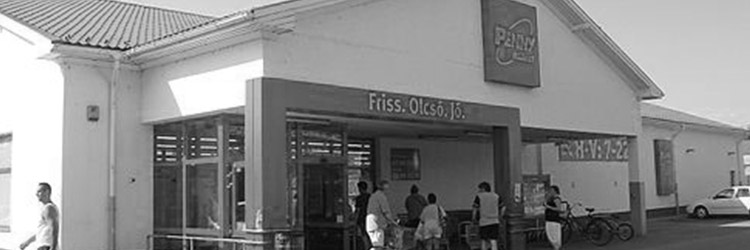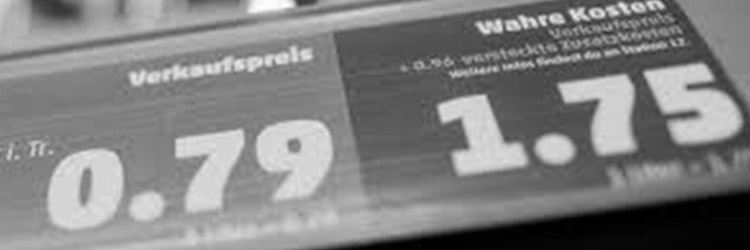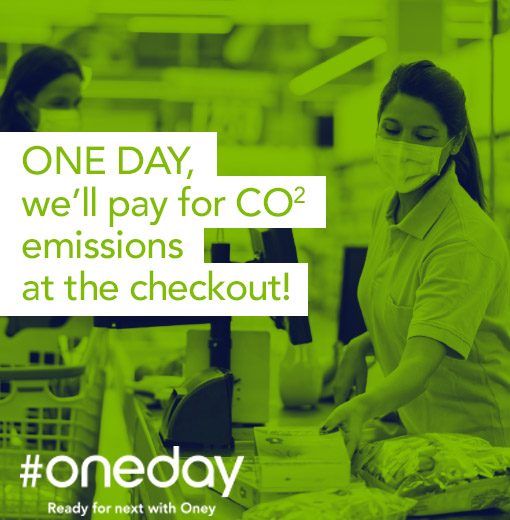The milk for breakfast, the banana at break-time and the meat in our burgers all come at a cost. A cost to the environment that no-one is paying, except the planet. To make its clients more aware of mindful consumption, one German supermarket came up with the idea of displaying the environmental cost next to the sale price. Awareness is in the shopping basket.
How much do CO2 emissions cost?
In the heart of the Spandau shopping district in Berlin, customers of the supermarket PENNY have discovered new pricing since the start of the season. Next to the traditional red stickers Verkaufspreis (sale price), others have appeared in green with the wording Wahre Kosten (actual cost). The idea is to raise awareness with customers that the products they enjoy also come at a cost to the environment which they are not currently paying for.

CO2 emissions could increase our shopping costs by 62%.
While the double display may only relate to 8 products (bananas, mince meat, milk, mozzarella, apples, Gouda, potatoes and tomatoes), it does deserve consideration. Take mince meat. If we had to include the CO2 emissions linked to greenhouse gases, energy used for its creation, transport and packaging, the price per kilo would jump from €9 to €20.38. That’s a 173% increase! Milk would go up by 122%, mozzarella by 52% and Gouda by 88%. It’s not surprising that the least processed, locally produced products, such as apples and potatoes, will be the least affected (8% and 12% respectively).
How are CO2 emission costs calculated?
Currently in action in a single PENNY supermarket, the experiment was jointly designed by the German discount supermarket chain and Tobias Gaugler. This researcher from the Institute of Materials Resource Management from the University of Augsbourg was able to quantify the damage caused to the environment by these consumer products and attribute a price to them. Although there is no question of making customers pay this “green price” today, it does allow them to question their needs, their purchases and their responsibility to the environment. It’s a responsibility that is increasingly assumed by the distributors themselves, as demonstrated by the increased number of sustainable alternatives to everyday products.

The Bottom Line
After low cost comes fair price, the environmental cost which takes account of the impact on nature, such as greenhouse gases and CO2 emissions. This ecological bill, which for now is for information purposes only, must make us more aware of the challenges and the implication of our consumption, if we don’t want to pay a heavier price for the planet in future.
Crédit photo : iStock, Penny
